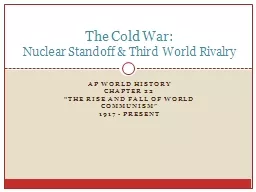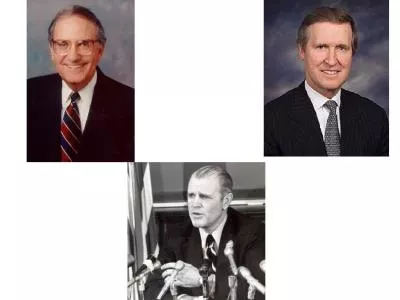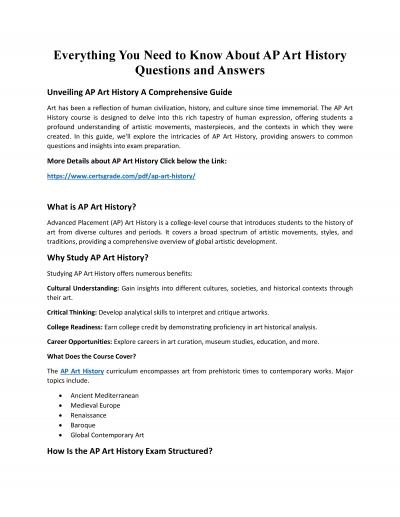PPT-AP World History Chapter 18
Author : danika-pritchard | Published Date : 2018-12-12
Industrialization in the US 1750 1914 American Industrialization Began in textile industry in New England in 1820s Grew tremendously following the Civil War Factors
Presentation Embed Code
Download Presentation
Download Presentation The PPT/PDF document "AP World History Chapter 18" is the property of its rightful owner. Permission is granted to download and print the materials on this website for personal, non-commercial use only, and to display it on your personal computer provided you do not modify the materials and that you retain all copyright notices contained in the materials. By downloading content from our website, you accept the terms of this agreement.
AP World History Chapter 18: Transcript
Download Rules Of Document
"AP World History Chapter 18"The content belongs to its owner. You may download and print it for personal use, without modification, and keep all copyright notices. By downloading, you agree to these terms.
Related Documents














